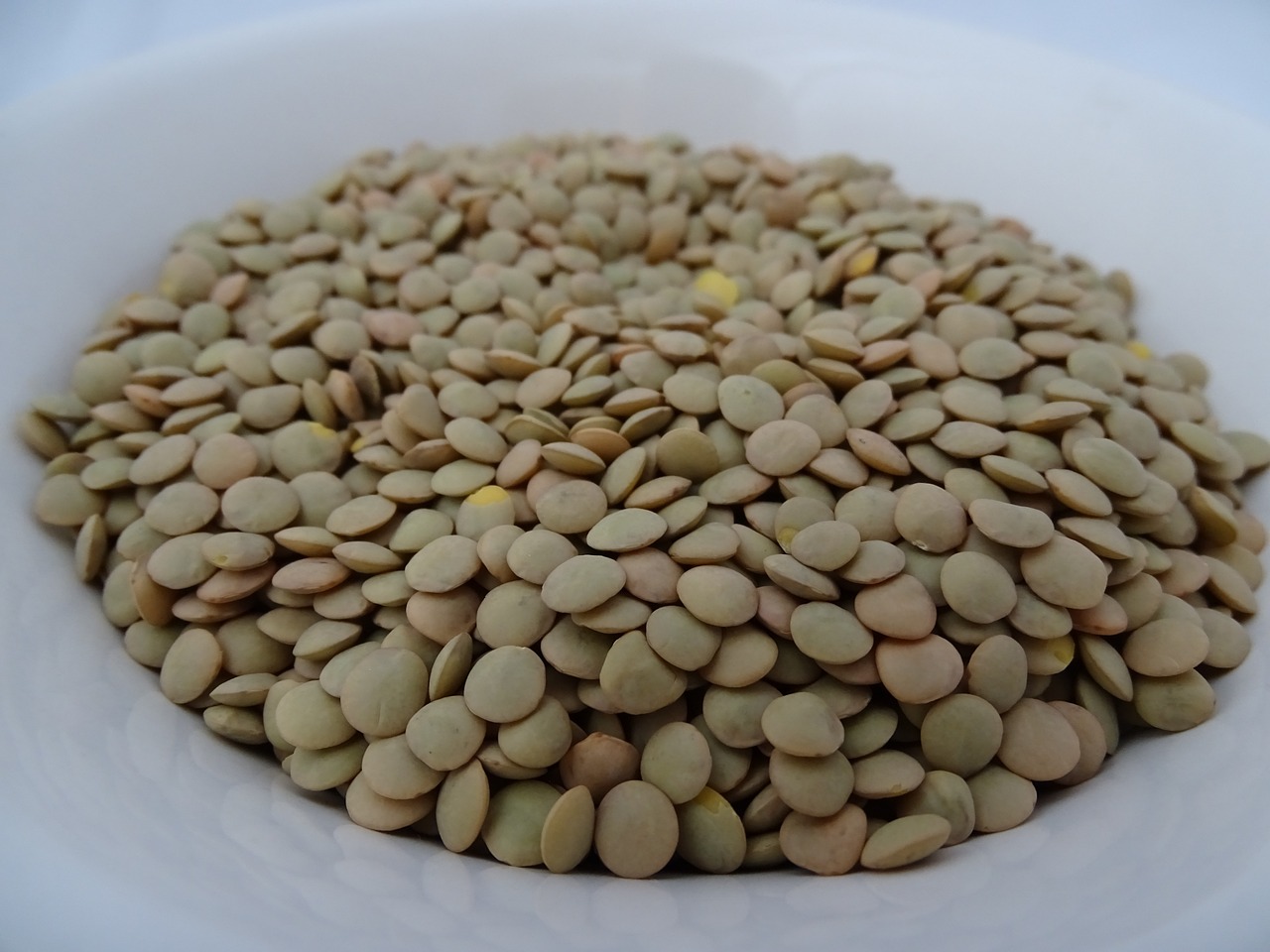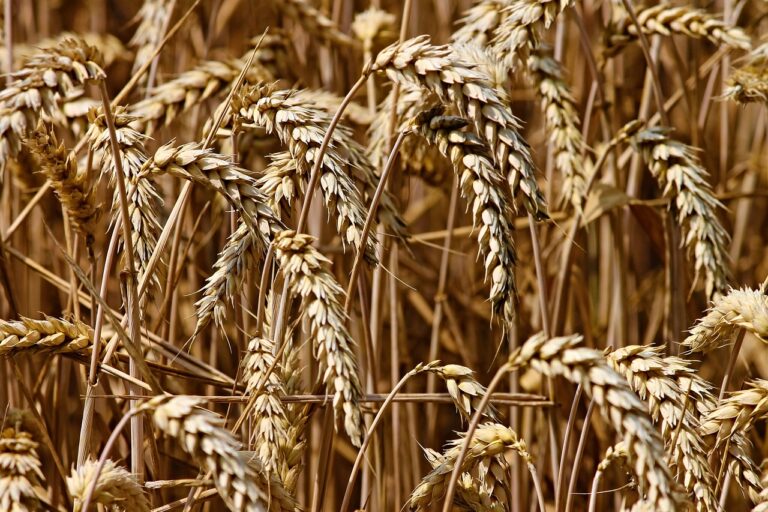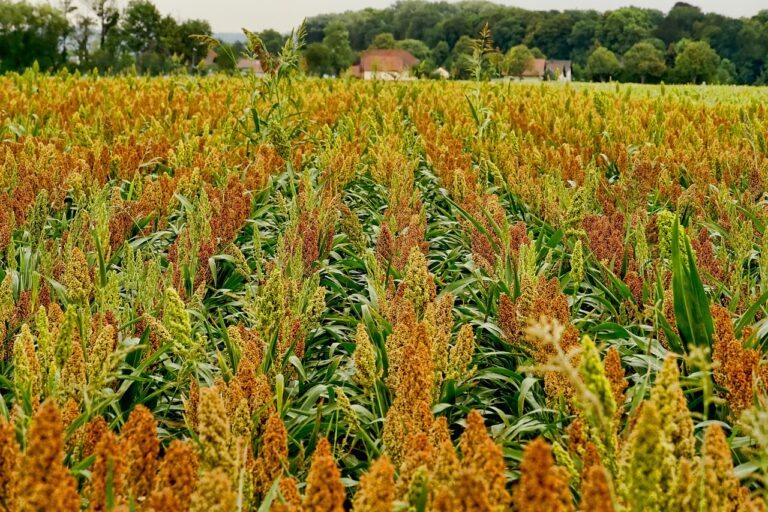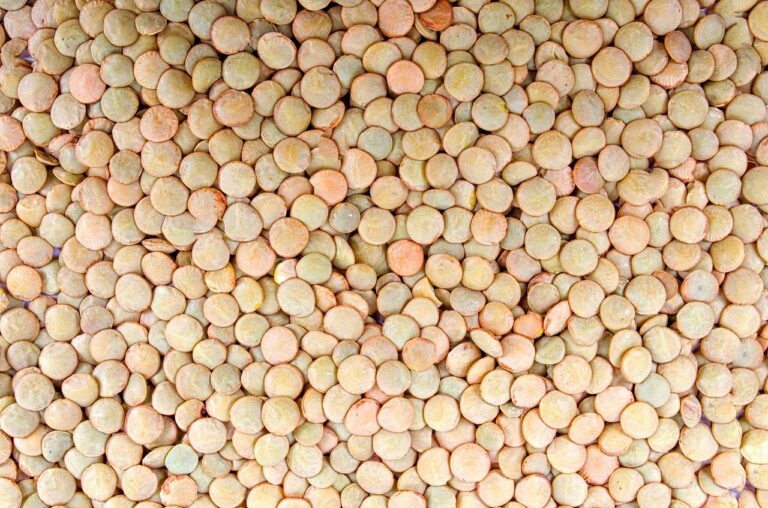Guide to Lentil Cultivation in Kenya: Exploring Possibilities
Kenya is one of the world’s leading producers of pulses, with lentils being a significant crop that contributes to the country’s food security and economic growth. Lentils are a type of legume that is packed with nutrients, including protein, iron, and fiber. They are also versatile in cooking and can be used to prepare various dishes such as soups, stews, and salads.
Can Lentils Grow In Kenya?
This is a question that many Kenyan farmers ask themselves when considering adding lentils to their crop rotation. The answer is yes!
However, before delving into the specifics of growing lentils in Kenya, it’s essential to understand the climatic and soil conditions required for this crop to thrive. Additionally, knowing the most suitable varieties for Kenyan conditions can make all the difference in yield and profitability.
In this article, we will explore whether or not lentils can grow well in Kenya by analyzing various factors such as climate conditions and soil types. We will also provide practical steps on how farmers can grow this crop successfully while minimizing pest infestations and disease outbreaks.
Climate and Soil Conditions in Kenya
What Lentils Need to Grow
Lentils are cool-season crops that have specific environmental requirements for growth. To grow well, lentils need a moderate climate with temperatures ranging between 15°C to 25°C. They also require well-drained soils with a pH level of between 6-7.5, sufficient moisture during the growing stage, and plenty of sunlight.
Comparing Kenyan Conditions to Those Needed for Lentil Cultivation
Kenya’s climate varies depending on the region and is generally characterized by warm and humid conditions in the coastal regions, arid conditions in the northern parts, and temperate conditions in the central highlands. The country’s soil types also vary yet generally tend to be mineral-rich especially where volcanic activity is present.
While some parts of Kenya may not meet all the climatic requirements for lentil cultivation, there are areas with favorable weather patterns that can support crop growth. For example, high altitude regions such as Nandi Hills provide cool temperatures ideal for lentil farming while some parts of western Kenya have fertile soils that can support this crop’s growth.
However, proper land preparation and management practices must be put into place to ensure successful harvests during other climatic seasons and areas that may not have ideal conditions. Ultimately, growing lentils in Kenya is feasible given appropriate consideration of factors such as soil fertility levels, climatic variations from one region to another as well as availability of resources needed like water sources amongst others.
Lentil Varieties Suitable for Kenyan Conditions
Overview of the different types of lentils that can be grown in Kenya
Lentils are available in a variety of colors, sizes, and shapes. The three most common types of lentils are green, red, and brown lentils. When it comes to growing them in Kenya, some varieties may be less suitable than others due to the country’s unique climate and soil conditions.
Discussion on the most suitable varieties based on climatic and soil conditions
Red Chief is one of the recommended varieties for Kenyan farmers as it is mature within 90-110 days after planting and can grow well in areas with low rainfall conditions. Furthermore, it can withstand drought conditions during flowering.
Other suitable varieties include Richlea, Laird, Eston which perform well under irrigation systems. Green lentils are also suitable for Kenyan agroecological zones such as highlands but require moderate rainfall during their growth period.
Lentil’s cultivar like Boaz or Doloris have proved highly productive in such areas due to their widespread adaptation. Brown Lentil is also an option for farmers who want to cultivate after maize harvest since they require a short period to mature as short as four months after planting under good climatic conditions.
There is no single variety that works best for all regions within Kenya; therefore farmers need to select a variety based on its suitability for their specific region’s climate and soil condition. Additionally, seeking expert advice from agricultural extension services will aid in making informed decisions when selecting viable cultivars that suit unique farm needs while guaranteeing optimal yields.
Steps to Growing Lentils in Kenya
Preparing the Land
The first step in growing lentils in Kenya is to prepare the land. Clear the area of any weeds or other debris, plow and level the soil, and make sure it’s well-drained. Lentils grow best in loamy soils, so if your soil is too sandy or clayey, you may need to add organic matter such as compost or manure.
Planting Lentils
Once your land is prepared and ready for planting, it’s time to sow your lentil seeds. The ideal time for planting is between October and November when there’s enough moisture for germination. You can plant the seeds by drilling them into rows using a seeder or broadcasting them uniformly across the field by hand.
Fertilization
Lentil plants require moderate fertilizer application throughout their growth stages. Before sowing the seeds, apply a starter fertilizer rich in phosphorus and potassium to promote root development. Top-dress with nitrogenous fertilizers at different intervals during vegetative growth and pod filling stages.
Irrigation
Lentil plants require adequate moisture during their growth stages to maximize yield potential. However, overwatering can lead to disease outbreaks such as root rot or damping-off. It’s essential to maintain consistent soil moisture levels through drip irrigation systems weekly.
Pest Control
Lentil crops are prone to attacks by pests such as aphids, thrips, mites and whiteflies which feed on foliage causing leaf distortion leading to reduced yields if left uncontrolled. Integrated pest management techniques like crop rotation, biological control methods of natural enemies like ladybugs are effective control measures that avoid chemical pesticides
Harvesting Lentils
Lentils are ready for harvest when they’re dry and the plants have turned yellow or brown. You can use a combine harvester if you have a large field of lentils or harvest manually by cutting the plant near the ground with a sickle. After harvesting, remove any debris or stones from the lentils before storage.
Storage
The harvested lentils should be dried to prevent fungal growth and stored in an airy container like a sack in a cool- dry place until it’s ready for marketing or consumption. Proper storage is critical as dampness can cause fungal growth and reduce quality thereby affecting shelf-life as well as palatability
Benefits of Lentil Farming in Kenya
Lentils: The Economic Powerhouse
Lentil farming has proven to be a lucrative venture for many farmers in Kenya. With the right resources, one can earn a considerable income from this crop.
This is because lentils are one of the high-value crops whose prices fluctuate very little, which ensures stable returns on investment. Furthermore, the crop only requires minimal inputs and low maintenance costs compared to other crops like maize that require more water and fertilizers.
Food Security at Its Best
Lentils are rich in proteins and minerals that contribute significantly to human growth and development. For many households in Kenya, lentils are a primary source of protein and other essential nutrients. Lentil farming can play an integral role in addressing food insecurity in Kenya by increasing access to these nutrients while simultaneously reducing reliance on imports.
Poverty Reduction at Household Level
Lentil cultivation can also help reduce poverty levels at the household level by providing an additional source of income for farmers. Households that generate income from lentil farming can reinvest profits into improving their livelihoods or purchasing other food commodities like cereals or vegetables.
Growing lentils is a viable option for farmers looking for high-value crops that require minimal inputs while contributing positively towards food security and poverty reduction efforts. It’s time for Kenya to capitalize on this crop’s full potential!
Challenges Faced by Lentil Farmers in Kenya
The Battle Against Pests and Diseases
One of the biggest challenges in growing lentils in Kenya is the threat of pests and diseases. Common pests such as aphids, thrips, and whiteflies can cause significant damage to lentil plants, while diseases like anthracnose and ascochyta blight can lead to severe crop losses. To tackle these challenges, farmers need to adopt integrated pest management strategies that involve the use of resistant varieties, crop rotation, biological control measures such as beneficial insects release and judicious use of pesticides.
The Challenge of Market Access
Another major challenge for Kenyan lentil farmers is accessing markets for their produce. Although there is a growing demand for lentils both locally and internationally due to their high nutritional value, lack of market information coupled with inadequate infrastructure has hindered farmers from accessing profitable markets.
Some viable solutions include forming farmer cooperatives or groups that can negotiate better prices with buyers or processing companies. Furthermore, governments at different levels ought to invest in market infrastructure improvement projects.
Soil Degradation And Agricultural Productivity
Soil degradation caused by poor land-use practices such as overuse of chemical fertilizers and deforestation has reduced land productivity hampering optimal lentil farming practices leading to a vicious cycle. Farmers need sustainable agricultural practices that preserve soil health while increasing productivity through proper land management methods such as crop rotation, green manuring among others.
The government should play a vital role by providing support programs that promote sustainable agriculture practices. Although there are several key challenges facing Kenyan lentil farmers including pests and diseases management issues compounded by soil degradation challenges; cooperative efforts between farmers’ groups coupled with better access to markets and improved agricultural extension services centered on sustainable farm practices will be essential towards turning their fortunes around.
Conclusion
After delving into the climate and soil conditions in Kenya, different types of lentil varieties suitable for Kenyan conditions, steps to growing lentils in Kenya, benefits of lentil farming in Kenya, and challenges faced by Kenyan farmers when growing lentils. It is safe to say that yes, lentils can grow well in Kenya. However, the success of growing the crop will depend on factors such as weather patterns and soil management.
Lentil farming has huge potential for growth within Kenya. Not only does it offer numerous health benefits but also contributes to food security and poverty reduction.
The process requires a small amount of land and resources compared to other crops like maize which require a lot more input. As such, it is an ideal crop for small-scale farmers who may not have access to large tracts of land or modern farm inputs.
Furthermore, there is a growing demand for lentils both locally and internationally making it an attractive investment opportunity for farmers as well as private investors looking to develop the sector. With proper management practices such as soil preparation, irrigation scheduling, pest control measures and post-harvest activities like drying and storage- there are no reasons why kenyan farmers cannot reap high yields from lenitls cultivation The future looks bright for Lentil farming within Kenya!





